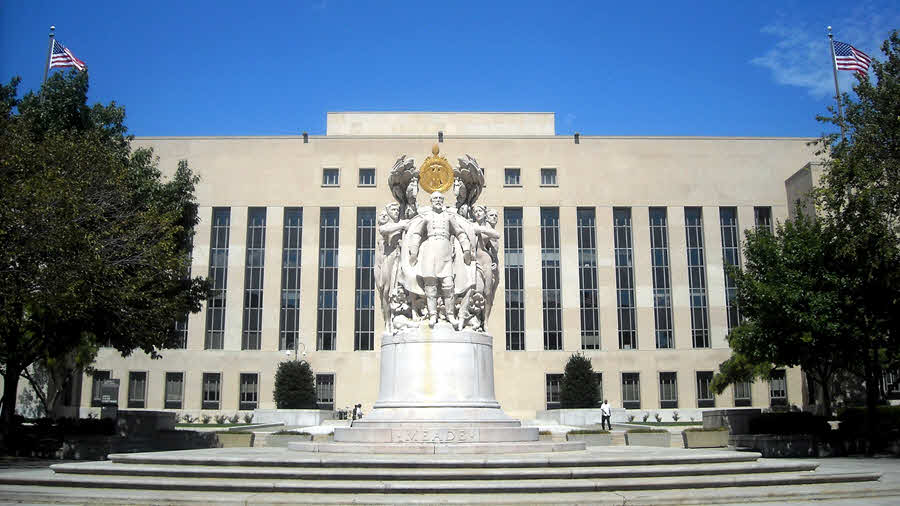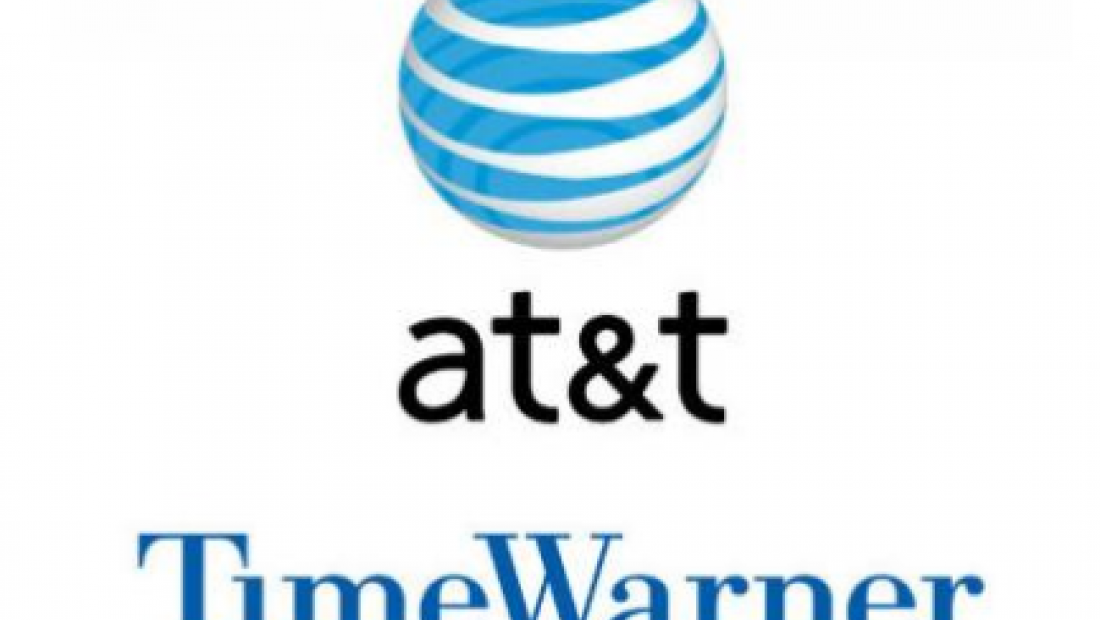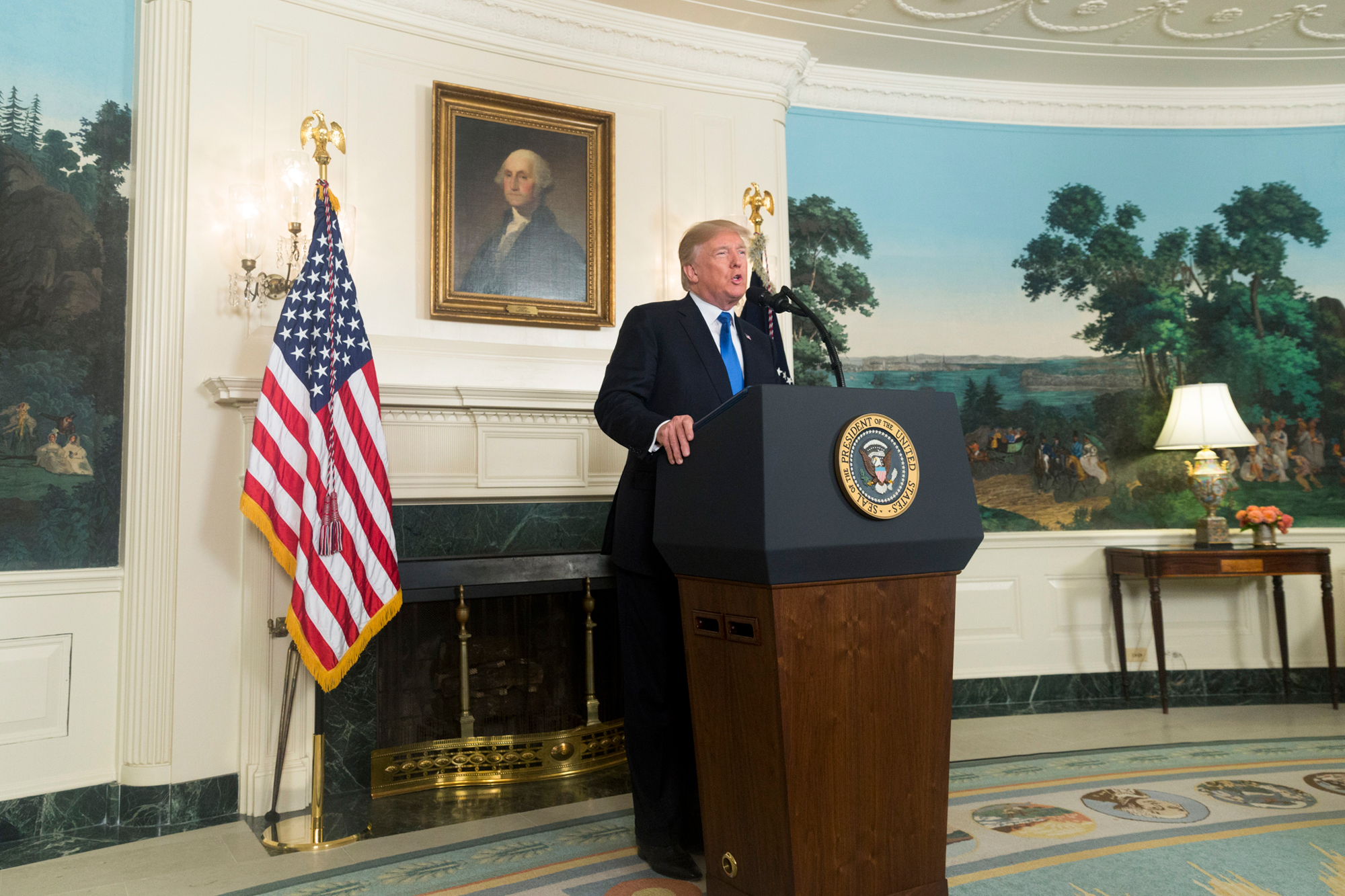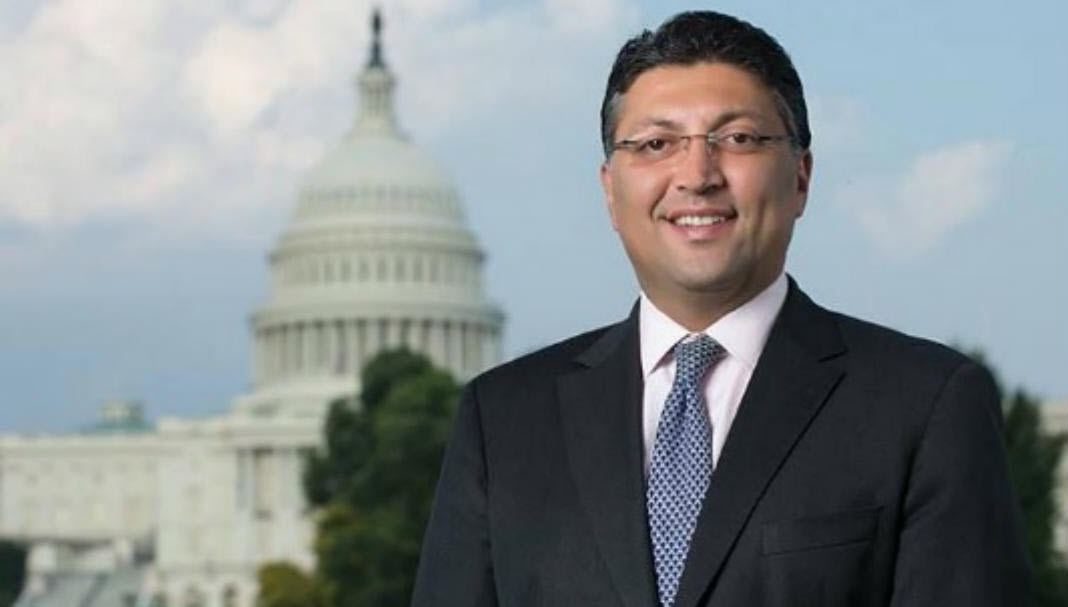DOJ Gets Going-Over in AT&T-TW Oral Argument

Judges probing arguments for and against the AT&T-Time Warner merger hammered the Department of Justice's argument that a lower court judge exhibited clear error in allowing the deal to go through and rejecting the government's economic analysis that the combined company would use its leverage to raise retail prices anticompetitively.
Judges sometimes play devil's advocate, but DOJ clearly got the tougher--and much longer--end of the grilling.
Again and again the judges asked just how DOJ had met its burden of proof and did not appear to like the answers.
That came in lengthy oral argument Thursday (Dec. 6) before a three-judge panel--Judges Judith W. Rogers, Robert L. Wilkins and David B. Sentelle--in the Trump Administration's challenge of the merger of AT&T and Time Warner.

"After this $108 billion dollar merger, the nation's largest TV distributor and TV programmer with critically important content will be able to extract hundreds of millions of dollar more for TV programming because they can threaten to poach their rivals customers if they don't pay up," DOJ told the court, the district court's logically inconsistent contrary conclusion notwithstanding. That was the contention, but the judges didn't sound convinced, or at least convinced the government had made the case for the logically inconsistency on which its appeal rests.
DOJ said the district judge had erred in two ways: "First, the district court concluded that before the merger, bargaining leverage depends on the threat of blackouts, but that after the merger, bargaining leverage depends on whether blackouts will actually happen. Both of those can't be true. Second, the district court also concluded that the new company will maximize its profits when it will help consumers, but won't do so when that will hurt consumers. Again, both can't be true."But Sentelle said DOJ was pleading that case in a way that was creating the inconsistency. He said that to recognize the profit maximixation is an incentive is not to say that a particular actor would act in a particular fashion to achieve that goal.Sentelle said that Time Warner won't necessarily conclude that the corporate profits are enhanced more by blacking out and creating the possibility of the transfer of customers than would be the case if they went ahead and didn't black out and got the normal advertising and rights profits."DOJ's lawyer said that was right, but Sentelle added that if so, he did not see the inconsistency.
Sentelle was particularly pointed in suggesting, at least in his line of questioning, that the issue was with how the judge had ruled given his interpretation of the economic evidence on both sides, not that he had made a clear error in making the judgment based on that evidence that DOJ didn't like.
Broadcasting & Cable Newsletter
The smarter way to stay on top of broadcasting and cable industry. Sign up below
Sentelle pressed the government on its contention the judge did not understand economic principles, suggesting instead that the judge's ruling was consistent with AT&T-TW economic theory.
DOJ argued that the district court had conceded the economic impact of blackout threats before the deal, but that after the deal it only looked at the likelihood of a blackout when, in fact, it is the threat of blackouts that would allow AT&T-Time Warner to raise prices.
Sentelle pointed out that AT&T-TW had offered outside bargaining and no blackouts, so that appeared to remove the potential substantial anticompetitive harm of blackouts, something the district court judge appeared to take into account.It is not enough to state a principle, Sentelle said of DOJ's case, you have to show how that principle--that company's maximize profits--affects antitrust laws.
Related: AT&T to Court: You Have No Legal Legs to Stand On
AT&T-TW's lawyer said that because of the "no blackout/arbitration" provision in the deal, Turner has less leverage in negotiations because it has less of the leverage--blackouts--that the government said was the principal anticompetitive threat.
He said that the government had not shown a likelihood of a significant increase in retail prices from the deal.
In rebuttal, DOJ said there was no district court finding about what the real world impact of arbitration will be, only testimony from distributors Dish and others saying the condition was insufficient and problematic.
The judges fired far more, and far more pointed, questions at the DOJ arguments than at AT&T-TW's arguments.
Judge Wilkins did suggest that the judge's finding was based at least in part on what "reasonable minds" could call self-serving testimony that Time Warner would negotiate the same after the merger as before.
While AT&T/TW appeared to fare well, they were not counting their chickens, at least publicly. "We appreciate the Court’s attention to the arguments of counsel and look forward to receiving its decision.”

President Donald Trump had said as a candidate that he would try and block the deal, so the fact that DOJ challenged a vertical merger, which are generally considered less problematic than horizontal ones, raised the specter of a decision influenced by the President's antipathy toward CNN (which is owned by Time Warner), but the lower court did not consider that issue.
In what one veteran attorney called an unusual move, the appeals court last week did give 27 antitrust scholars who had some issues with district court's decision their own 10 minutes to provide oral argument in the case. Each side got 30 minutes--though they went well over that given how many questions the judges had--with the AT&T-Time Warner side allowed to share time with their supporters (amici) as they saw fit.
While those 27 antitrust scholars said they were taking neither side, the agreed with DOJ that the judge should not have been concerned about the prospects of a long-term blackout, but what would have happened if a blackout had occurred. The judge needed to be concerned with the stakes of failing to agree, not the odds of failing to agree," they said.
The appeals court case stems from a lower court ruling that Justice had not made its antitrust case against the merger. The deal closed following that D.C. District Court decision.
Justice had told AT&T it would need to spin off programming or distribution assets to prevent the new company from having the ability and incentive to disfavor its competition, either in programming or distribution.
AT&T and Time Warner volunteered behavioral conditions like nondistriminatory access and outside arbitration of complaints/no blackouts, but Justice signaled nothing short of divestitures would fill the bill, and AT&T was not ready to do that.
Justice appealed to the D.C. Circuit, which is the court of general jurisdiction over federal agency decisions, which took the case, compiled briefs on both sides, and heard arguments Thursday.
Related: DOJ Slams AT&T Revisionist Defense

AT&T had argued in its brief to the appeals court that the Department of Justice used bad numbers to come to the wrong conclusion about AT&T-Time Warner merger--that it would substantially lessen competition--and that the lower court was right to reject that DOJ conclusion and the faulty economics behind it.
DOJ antitrust chief Makan Delrahim had argued in its brief that the district court had erroneously rejected " the economics of bargaining and the principle of corporate-wide profit maximization" on which its case rested.
DOJ said the deal gave AT&T-Time Warner the incentive and opportunity to hurt over-the-top rivals, so it was fitting that the argument was live streamed, a technology the court only recently allowed.
Whichever side loses can appeal the three-judge panel decision to the full court, though those en banc reviews are more the exception than the rule. In the mean time, case watchers should start to look for a decision out of the appeals court sometime in the first quarter of next year.
Contributing editor John Eggerton has been an editor and/or writer on media regulation, legislation and policy for over four decades, including covering the FCC, FTC, Congress, the major media trade associations, and the federal courts. In addition to Multichannel News and Broadcasting + Cable, his work has appeared in Radio World, TV Technology, TV Fax, This Week in Consumer Electronics, Variety and the Encyclopedia Britannica.

